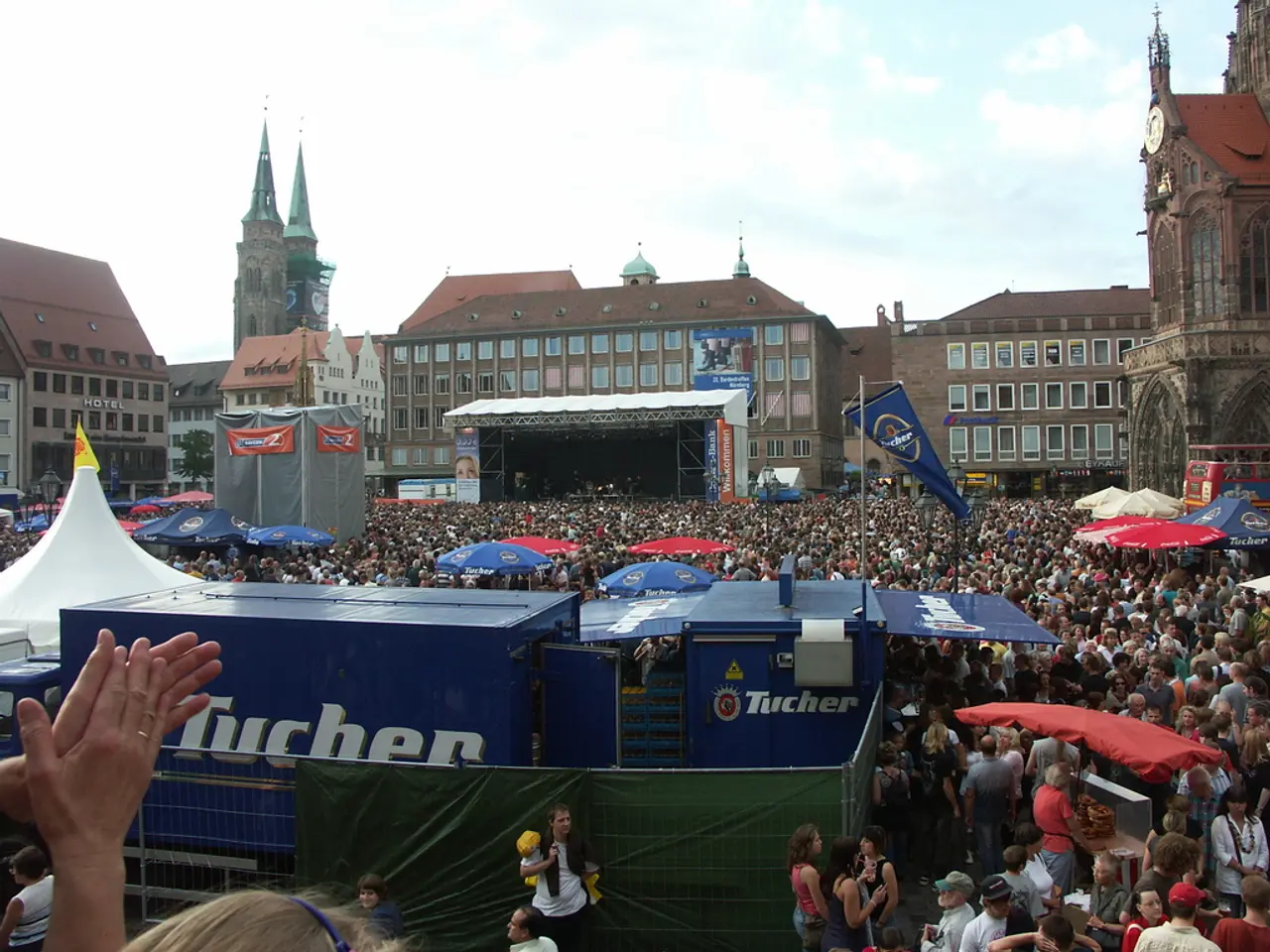Understanding Inclusive Architecture: A Comprehensive Look at the Current Design Trend
Empowering Communities through Inclusive Architecture
In the realm of architecture, a shift towards inclusivity and empowerment is underway. This movement seeks to create environments that celebrate and accommodate the unique needs and experiences of women, children, and diverse communities.
Empowering Women
One of the key aspects of this movement is the creation of community hubs. These spaces, designed to be flexible and adaptable, provide areas for socialization, education, and vocational training. By incorporating such hubs, architects aim to empower women by offering them a platform to connect and grow.
Safety and accessibility are also crucial factors in this new approach. Well-lit, accessible, and safe buildings and public spaces foster a sense of security for women, with features like secure entry points, visible pathways, and accessible facilities being integral to the design.
Empowering Children
Inclusive playgrounds, designed with universal design principles, are another significant development. These playgrounds cater to children of all abilities, with features like ground-level access, adaptable play equipment, and varied sensory experiences ensuring that every child can play together.
Educational facilities are also being reimagined to accommodate diverse learning styles. Flexible learning spaces that cater to different educational needs and abilities are being prioritized, fostering an inclusive and supportive learning environment.
Empowering Diverse Communities
Neuro-inclusive design is a key principle in this movement. This approach involves creating environments that are calming and sensory-friendly, incorporating elements like nature and adaptable spaces to support neurodiverse individuals. Such designs promote well-being and reduce stress for everyone.
Culturally responsive design is another important aspect. Buildings and spaces can be designed to reflect the cultural values and identities of the communities they serve, promoting a sense of belonging.
Inclusive housing for Gypsy, Roma, and Traveller (GRT) communities is also a focus. Designing flexible and site-specific housing that incorporates community needs, such as improved plot layouts and access to natural environments, helps break down barriers and enhance community cohesion.
Pioneers in Inclusive Architecture
Pioneers in this field include Margarete Schütte-Lihotzky, who invented the first built-in kitchens in Frankfurt, which emancipated housewives from domestic toil. Other notable figures include Aldo van Eyck, who designed The Mothers' House in Amsterdam, providing accommodation and support for single mothers and their children.
The Reggio School in Madrid, designed by Office for Political Innovation in dialogue with its pupils, features an indoor tropical jungle for science teaching. German architect Peter Hubner designed schools in collaboration with their future students, using 1:20 spatial models to sketch classroom designs in 3D.
The Future of Inclusive Architecture
Inclusive architecture encompasses a wide range of design aspects, from the invention of the modern kitchen to the future of education. The movement is not just about making spaces accessible; it's about creating buildings and places with people, not for them.
This approach was advocated by The Prince of Wales in his 1984 speech, where he called for more inclusive architecture, supporting the needs of diverse groups, including wheelchair users. Today, good architects seek input from expert design consultants with direct experience to consider the needs of neurodiverse users.
The Rebuild Foundation, founded by artist Theaster Gates, has restored derelict buildings in Chicago to celebrate black culture. Peter Barber Architects, in creating the Mount Pleasant hostel, worked with homeless people to shape designs for the upgraded facility.
Atsushi Kitagawara Architects designed the immense 'fog forest' in Tokyo's Showa Kinen Park, providing an open-ended play landscape for children. Matrix Design Co-operative, a key figure in the feminist architecture movement during the 1980s, created buildings for diverse clients using participatory processes.
Inclusive architecture is a broad term for urban practices that aim to improve the wellbeing of historically marginalized groups. It's a movement that seeks to empower and celebrate diversity, fostering a more inclusive and equitable society.
- In the future of inclusive architecture, experts will continue to prioritize the creation of community hubs, aiming to provide spaces for education, self-development, and vocational training to empower women, just as they are doing now.
- The design of inclusive playgrounds and educational facilities will also continue to evolve, ensuring they cater to children of all abilities, promoting an environment that fosters the growth and development of all children, thus upholding the principles of education-and-self-development and home-and-garden within these spaces.




